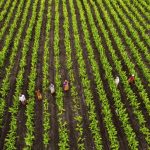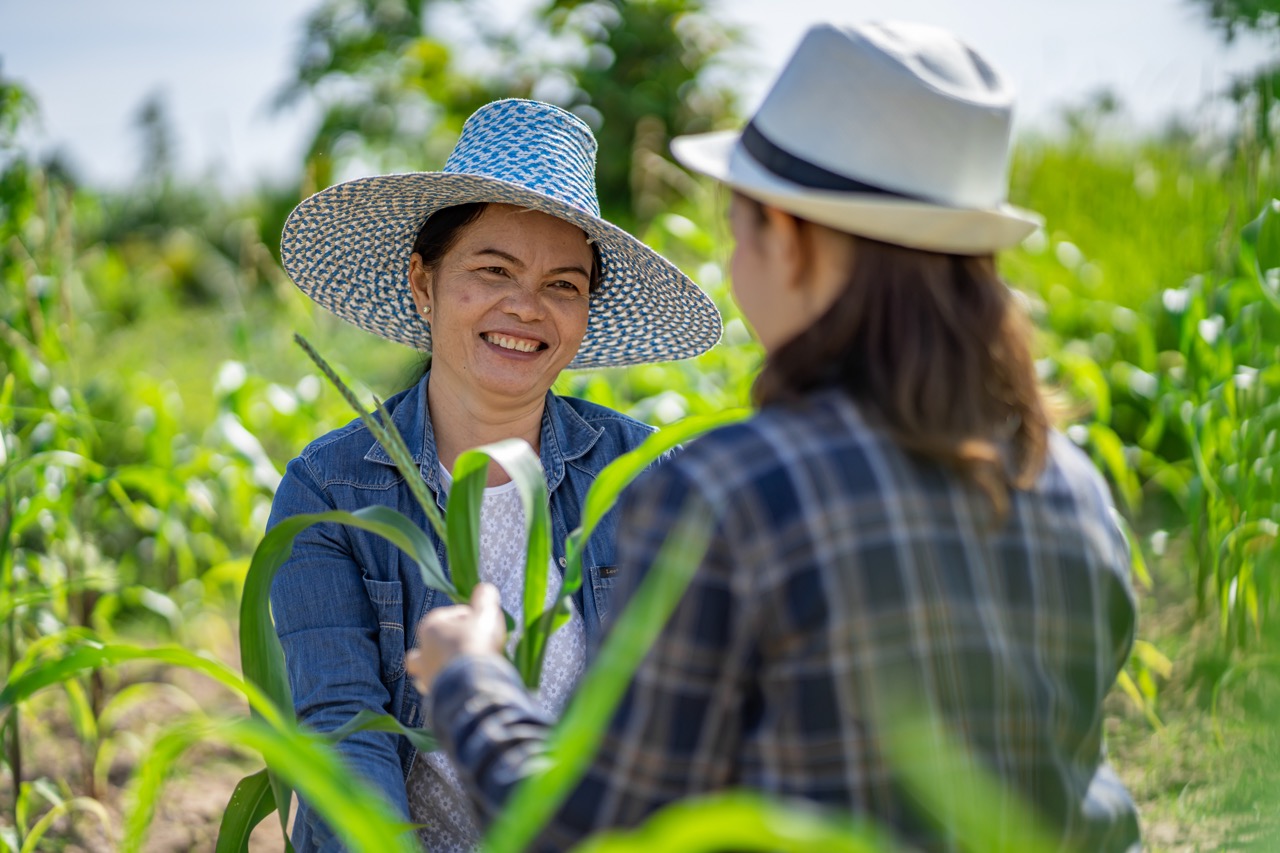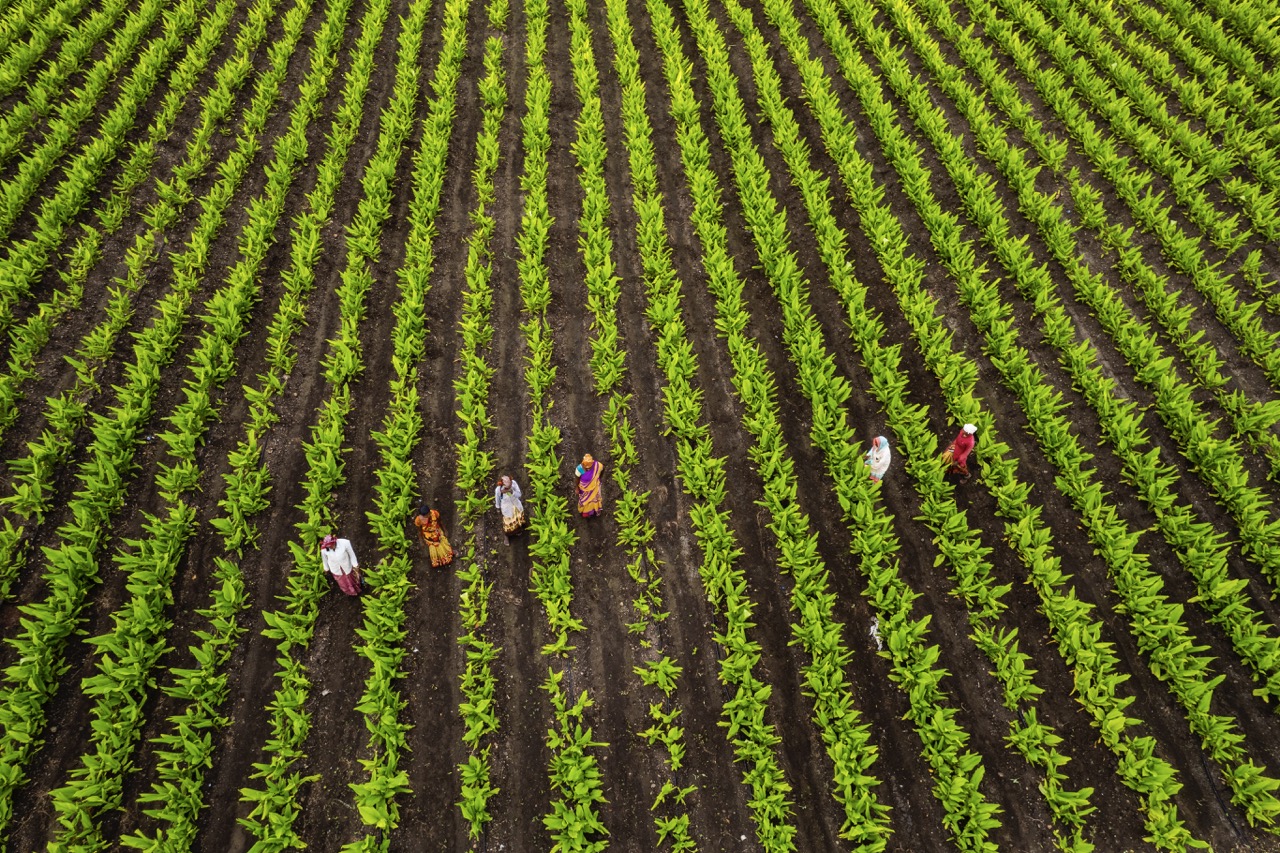Sharecropping, a system with deep historical roots, has often been viewed through a lens of exploitation and inequality. However, in contemporary contexts, sharecropping can also be seen as a vital mechanism for fostering local economic development. By understanding the nuances of this agricultural practice, one can appreciate its potential to stimulate local economies, create jobs, and provide vital economic benefits to communities. This article explores how sharecropping serves as a backbone of local economies, its role in job creation and stability, and the economic benefits it offers to communities, while also considering its future prospects.
Understanding Sharecropping: A Backbone of Local Economies
Sharecropping is an agricultural system where landowners allow tenants to use their land in exchange for a share of the crops produced. This model has evolved from its historical roots, particularly in the United States during the post-Civil War era, into a more equitable framework that supports local farmers and economies. By facilitating access to land for those who may not have the resources to own property, sharecropping creates opportunities for individuals and families to engage in agricultural production.
This system contributes significantly to local economies by increasing agricultural output and ensuring the sustainability of small-scale farming operations. In many rural areas, sharecropping enables communities to maintain a level of self-sufficiency, reducing reliance on external food sources and fostering a cycle of local consumption. As sharecroppers cultivate their land, they simultaneously cultivate community ties, supporting a network of local businesses and services that embody the spirit of local economic development.
Furthermore, sharecropping also promotes the diversification of crops and agricultural products, which can enhance food security within communities. By encouraging farmers to grow a variety of crops, sharecropping reduces the risks associated with monoculture and can lead to increased resilience against market fluctuations and climate change impacts. This diversification not only benefits the sharecroppers but also the entire local economy as it creates a variety of products that can be sold or consumed locally.
The Role of Sharecropping in Job Creation and Stability
Job creation is one of the most significant advantages of sharecropping systems. By engaging individuals in agricultural work, sharecropping generates employment opportunities that may otherwise be scarce in rural areas. This job creation extends beyond the immediate agricultural sector, as sharecroppers require a multitude of services, such as transportation, equipment maintenance, and local retail, which stimulate further employment within the community.
In addition to creating jobs, sharecropping can enhance economic stability for families involved in the practice. For many sharecroppers, having access to land allows for a steady source of income, which is crucial for financial planning and stability. This reliability is particularly important in rural areas where employment opportunities are limited, and economic downturns can have devastating effects on household incomes. The ability to cultivate crops and earn a living fosters a sense of financial independence and contributes to the overall economic health of the community.
Moreover, sharecropping often leads to the establishment of cooperative networks among farmers. These networks enable sharecroppers to pool resources, share knowledge, and collaborate on marketing, which can enhance their competitiveness in local and regional markets. By working together, sharecroppers can access better pricing for their goods and reduce the costs of production, further reinforcing the economic stability of their community.
Economic Benefits of Sharecropping for Communities
The economic benefits of sharecropping extend beyond the immediate financial gains for individual farmers. As sharecroppers engage in agricultural production, they contribute to the local economy by purchasing goods and services from local businesses. This influx of money circulates within the community, fostering growth for other sectors and creating a vibrant local marketplace. This economic multiplier effect can lead to broader community development, as increased local spending encourages further investment.
Additionally, sharecropping can enhance food sovereignty by allowing communities to have greater control over their food systems. When sharecroppers grow diverse crops tailored to local consumption, communities can reduce their dependency on imported goods, thus retaining more economic value within the local economy. This empowerment of local food systems can create jobs related to food processing, distribution, and retail, further strengthening the economic fabric of the area.
Lastly, sharecropping contributes to environmental sustainability. Through the use of sustainable farming practices, sharecroppers can minimize the impact of agriculture on the environment while simultaneously enhancing soil health and biodiversity. This focus on sustainability can draw attention to local agricultural practices, potentially attracting eco-conscious consumers and investors who are interested in supporting ethical farming initiatives, which can further bolster local economic development.
Future Prospects: Revitalizing Local Economies Through Sharecropping
As communities face the challenges of globalization and climate change, the future of sharecropping holds significant promise for revitalizing local economies. The increasing demand for local and sustainably produced food creates a unique opportunity for sharecroppers to fill market gaps. By leveraging their knowledge of local agricultural practices, sharecroppers can adapt to changing market conditions and consumer preferences, ensuring their relevance in the evolving economic landscape.
Furthermore, the rise of technology in agriculture offers new avenues for sharecropping to thrive. Innovations in farming practices, such as precision agriculture and digital marketplaces, can enhance productivity and streamline operations for sharecroppers. By integrating modern technology with traditional farming methods, sharecroppers can increase their yields and market access, thereby solidifying their role in local economies.
In addition, there is a growing recognition of the social and economic value of small-scale farming within policy discussions. Governments and organizations are increasingly supporting initiatives that promote equitable access to land and resources for sharecroppers. These supportive policies can pave the way for the resurgence of sharecropping as a model for local economic development, fostering resilience in rural communities and ensuring a sustainable future for the agricultural sector.
In conclusion, sharecropping can be viewed as a crucial component of local economic development, offering a multitude of benefits for individuals and communities alike. By understanding its role in job creation, economic stability, and community resilience, stakeholders can work towards revitalizing local economies through this historical practice. As we navigate the complexities of the modern world, embracing sharecropping in its evolved form may provide a pathway to sustainable development, economic empowerment, and strengthened community ties.










